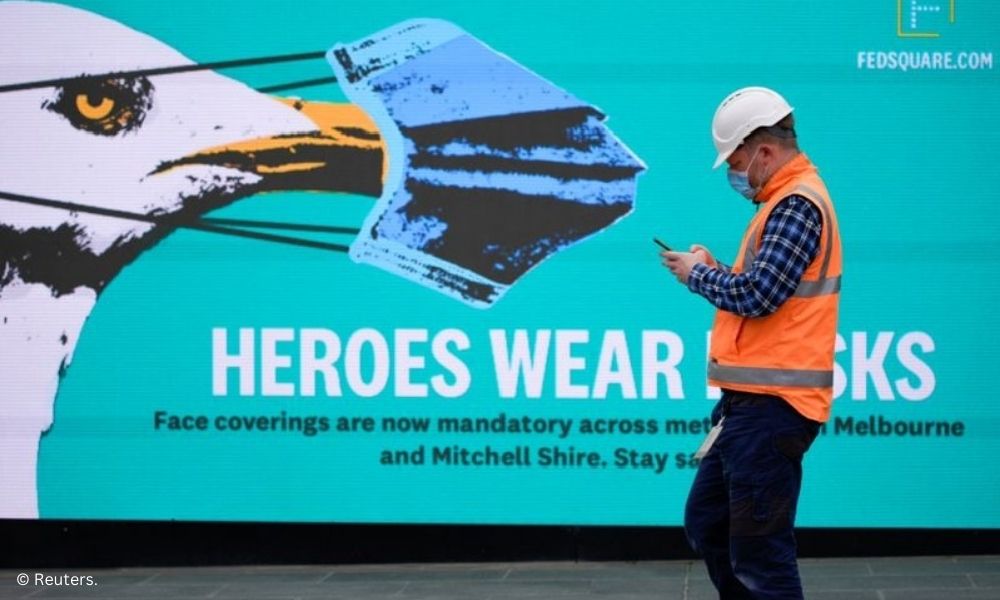
Investing.com-- Australia’s jobs market cooled slightly in July as unemployment rose, although the deterioration was viewed largely as a seasonal trend and the country’s labour market still remained robust.
The total number of employed people in the country fell by 14,600 in July, data from the Australian Bureau of Statistics (ABS) showed on Thursday. The reading missed expectations for growth of 15,000 people, and was a mild reversal from the 32,600 jump seen in June.
|
Are you a Tax Lawyer in USA? |
The unemployment rate rose to 3.7% during the month, more than expectations of 3.6% and the prior month’s reading of 3.5%.
But while the labor market showed some deterioration from the prior month, the ABS noted that employment still remained largely up for the year, and that the reason behind the weak July data was a seasonal downturn.
“July includes the school holidays, and we continue to see some changes around when people take their leave and start or leave a job… Employment is still around 387,000 people higher than last July,” said Bjorn Jarvis, ABS head of labour statistics.
The data showed that despite a mild deterioration in July, Australia’s labour market was still running hot, potentially pointing to more inflationary pressures and giving the Reserve Bank (RBA) more impetus to raise interest rates further.
But the Australian dollar slid as much as 0.8% after the reading, hitting a nine-month low as markets second-guessed whether the RBA had enough headroom to keep raising interest rates. The central bank had warned that the labor market would cool this year amid pressure from high interest rates and slowing economic activity.
The RBA raised interest rates by a cumulative 400 basis points over the past year as it moved to curb high inflation. While consumer inflation has fallen steadily so far this year, it still remains well above the central bank’s annual target.
But the RBA kept rates steady for the past three meetings, stating that it was waiting to see the full effect of its rate hike cycle on the economy.